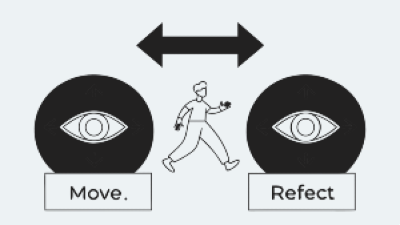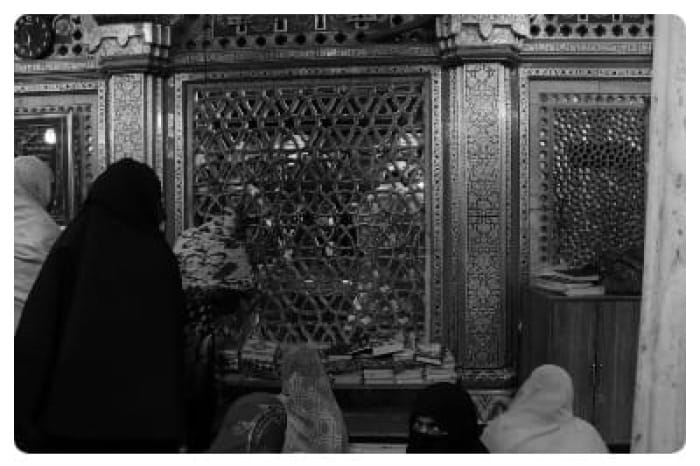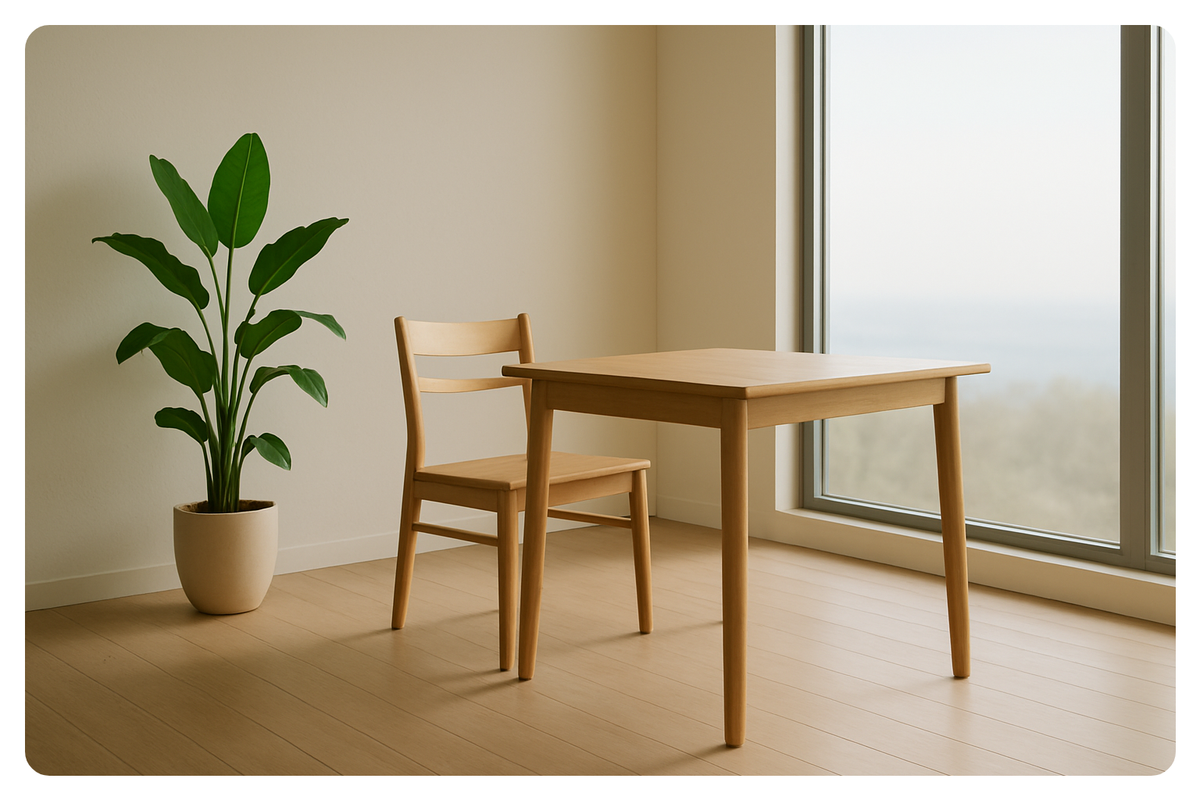Move • See • Reflect

Small changes that create lasting impact. Three practices for mindful living.
I stumbled into a Qigong video curious about this thing called "Chi." Nothing dramatic—just a gentle ask to smile and breathe deep into the belly. AND something shifted. My mind slowed. I felt more here.
The movements were simple: knocking on the lower back to awaken energy, breathing through the spine, rolling the neck. AND with each one, tension melted. Like I was emptying clutter I didn't know I was carrying.
There was a moment where I found myself shaking like a tree—literally. AND instead of feeling silly, I felt lighter. More alive. It ended with a still standing meditation. Nothing to do, just be. AND in that pause, I felt the Chi I'd stirred... settle.
Try This: Qigong Practice or a Gentle Warm-up routine for lazy days
See
Photography / Observation

Photo Overview
This black-and-white image shows women in a moment of prayer or reflection near an ornate, patterned screen inside a religious space. The setting feels peaceful and respectful.
What Stands Out
The detailed metalwork in the center grabs the viewer's attention first. It's rich in pattern and texture, giving the photo a strong visual anchor.
What Works Well
The symmetry and strong lines of the architecture create balance. The expression of the woman in front adds emotional depth, making the scene more personal and powerful.
What Could Be Improved
The image could benefit from slightly better lighting—some areas in dark clothing lose detail. Also, cropping the right side could remove distractions and bring more focus to the central moment.
Reflect
Memory / Self-Discovery
The What → So What → Now What Framework
For self-reflection on a nostalgic life event, the most emotionally resonant and cognitively clean format is:
What → So What → Now What
(A timeless structure used in coaching, therapy, and adult learning — ideal for connecting past emotion to present insight)
Why it's the best fit:
- Lets you honor the memory (What)
- Extract meaning from it (So What)
- Anchor it to present action or awareness (Now What)
📜 Template:
- The memory that came up was...
- It matters because...
- It nudges me today to...
🪔 Example:
- The memory that came up was walking home from school with a steel tiffin in hand, gravel crunching under worn shoes.
- It matters because it reminds me how contentment came without effort—just presence.
- It nudges me today to slow my evenings, to cook without rushing.
Related Reading:

Three simple practices. One intention: to move through life with more awareness, creativity, and presence.
